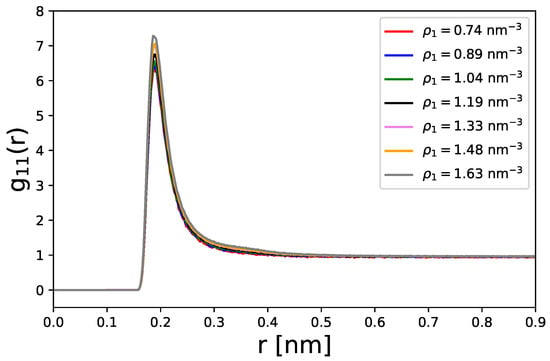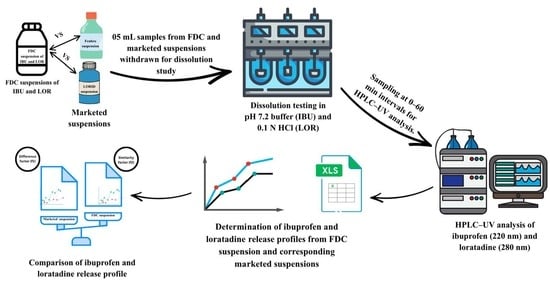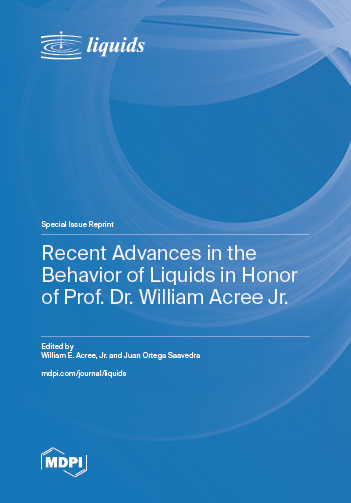- Article
Self- and Fick Diffusion Coefficients in Implicit Solvent Simulations: Influence of Local Aggregation Effects and Thermodynamic Factors
- Samuel Tovey,
- Christian Holm and
- Jens Smiatek
In this article, we discuss the relationship and transition between self- and Fick diffusion coefficients in continuous implicit solvents across different particle densities. By applying the established expressions for self-diffusion and Fick diffusion coefficients in binary solutions, we analyze how the local environment influences diffusion through thermodynamic factors, which can be readily evaluated within the framework of Kirkwood–Buff (KB) theory. These thermodynamic factors, originally defined as derivatives of thermodynamic activity, vary with changes in local particle densities, particularly in the presence of aggregation effects. Consequently, the transition from self- to Fick diffusion coefficients can be understood as a reflection of variations in these thermodynamic factors. Langevin Dynamics simulations at low number densities show excellent agreement with the analytical expressions derived. Overall, our findings provide deeper insight into how local structural environments shape particle dynamics, clarifying the connection between KB theory and the transition from self- to Fick diffusion coefficients.
10 December 2025



![(a) Labelled solid-state structure of one formula unit of [1a]Cl.2CHCl3; (b) side view of the cation [1a]+.](https://mdpi-res.com/liquids/liquids-05-00035/article_deploy/html/images/liquids-05-00035-ag-550.jpg)



